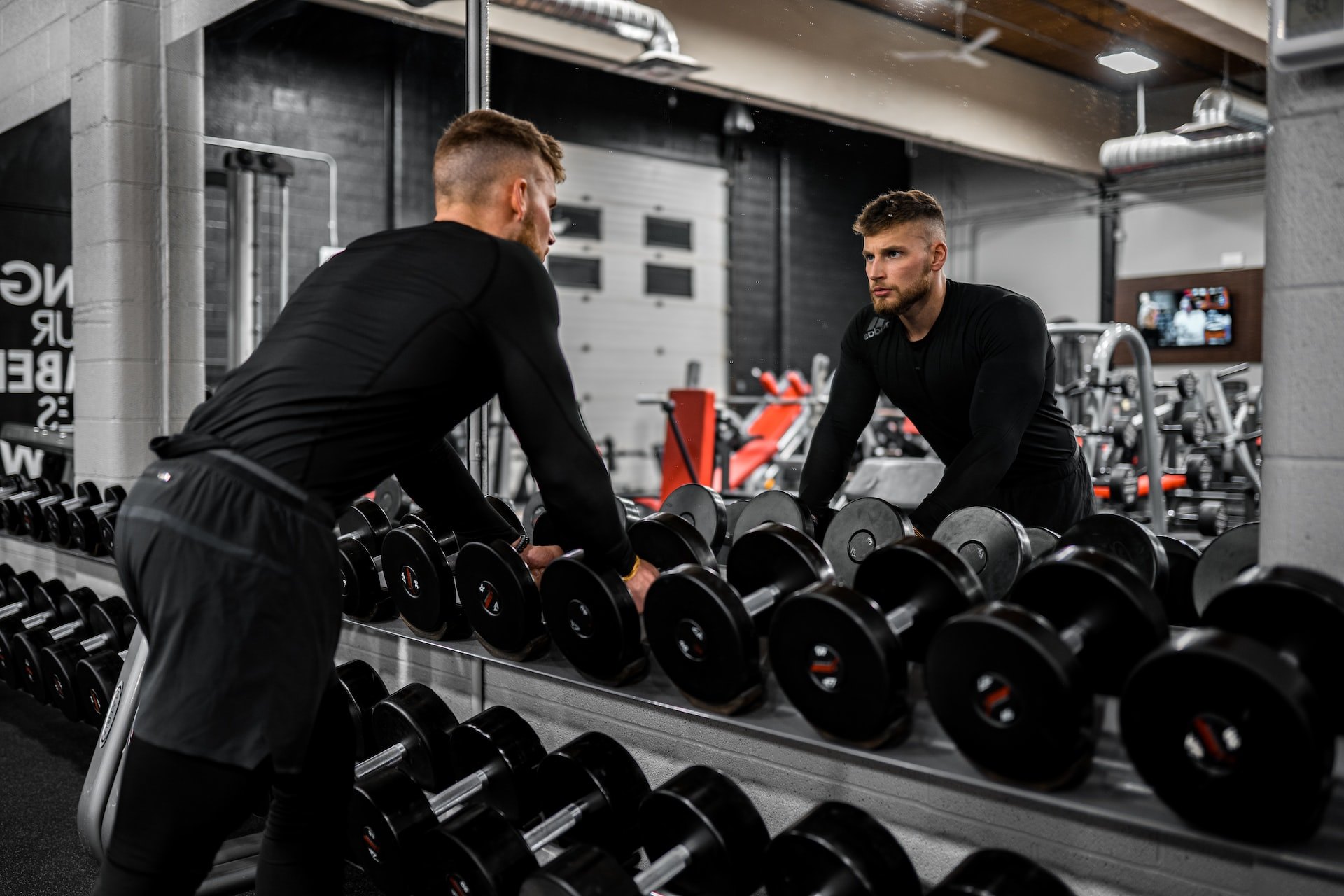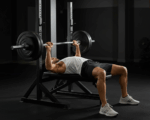Getting started with weight training can be both exciting and intimidating as a beginner. On one hand, you’re eager to build strength and improve your fitness, but on the other, the thought of navigating weight racks, choosing suitable exercises, and picking the right weights might feel overwhelming. Don’t worry—we’ve got you covered.
This guide, tailored for beginner fitness enthusiasts, novice weightlifters, and anyone taking their first steps into the gym, will walk you through everything you need to know. By the time you finish reading, you’ll feel confident to kick-start your weight training routine and make the most of your workouts.
What is Weight Training?
Weight training, simply put, involves using resistance (like dumbbells, barbells, or your own bodyweight) to strengthen muscles, improve endurance, and boost overall fitness. Doing this regularly improves your posture, enhances bone density, and helps with weight management. Whether you’re working out for health, aesthetics, or athletic performance, weight training is a fundamental part of your fitness equation.
The Benefits of Weight Training for Beginners
Starting weight training offers several benefits, especially for beginners:
- Improved strength: Build muscle strength that supports everyday movements.
- Boosted metabolism: More muscle equals increased calorie burn, even at rest.
- Stronger bones and joints: Resistance training improves bone density and joint stability.
- Confidence boost: Seeing progress week by week motivates you to keep going.
- Foundation for fitness: It sets the groundwork for future physical challenges, whether that’s mastering advanced movements or tackling other fitness goals.
Now that we’ve established why weight training matters, let’s get to the part you’re probably most curious about!
The 5 Foundational Moves for Beginners
Before you grab a pair of dumbbells, it’s crucial to master key bodyweight exercises that will prepare your muscles, joints, and nervous system for weighted movements.
1. Squats
Squats are the foundation of countless strength training exercises. They work your lower body and core strength while improving mobility.
- Start tall, sink your hips back, and bend your knees until your thighs are almost parallel to the floor.
- Aim for 10-12 reps and 2-3 sets.
2. Reverse Lunges
Reverse lunges work your legs and improve balance.
- Step one foot back, bending the front knee so the back knee barely touches the floor. Push back up and alternate legs.
- Aim for 10-12 reps per leg, for 2-3 sets.
3. Dowel Hip Hinge
This move strengthens your hamstrings and prepares you for deadlifts.
- Hinge your hips backward with a slight knee bend while keeping a dowel aligned with your spine.
- Aim for 10-12 reps and 2-3 sets.
4. Press-Ups (Push-Ups)
Push-ups strengthen your upper body and core.
- Keep your elbows close to your body and lower yourself down slowly before pressing back up. Modify by placing your knees on the floor if needed.
- Start with 8-12 reps across 2-3 sets.
5. Rows
Rows activate your back muscles while improving posture. Use a low bar or resistance bands.
- Hang with arms straight, pull yourself towards the bar or band, and slowly lower yourself.
- Perform 10-12 reps for 2-3 sets.
Once you’ve mastered these moves, you’re ready to incorporate weights.
Choosing How Much Weight to Lift as a Beginner
A common mistake beginners make is either selecting weights that are too light or jumping straight to heavy loads. The best approach lies in finding a balance. Here’s how:
- Start with weights that challenge you but allow 10 solid reps where you’re fatigued by the last two but can still maintain proper form.
- Begin with 5-10kg dumbbells for most exercises, and adjust based on how you feel after a set.
- Use the Rate of Perceived Exertion (RPE) scale to gauge effort. Aim for an intensity level of 7-8 out of 10, meaning you finish a set feeling worked but not completely spent.
Remember the golden rule of progressive overload. Gradually increase the weight, reps, or sets over weeks as your strength improves.
The Best Beginner-Friendly Weight Training Exercises
When you’re ready to add weights, these moves will form the core of your routine:
- Goblet Squat: Hold a dumbbell at your chest level and perform squats.
- Reverse Lunge: Now add dumbbells in both hands to increase resistance.
- Bent-Over Row: Hinge at the hips and row dumbbells towards your chest.
- Romanian Deadlift: Strengthen your hamstrings by lowering dumbbells in front of you without bending your back.
- Push Press: Use dumbbells to press weight overhead while engaging your legs.
- Farmer’s Carry: Carry heavier dumbbells at your sides, walking steadily for 20-40 meters for grip and core strength.
A Simple 3-Day Beginner Weight Training Plan
Day 1 (Full-Body Strength)
- Dumbbell Goblet Squat x 10 reps, 2-3 sets
- TRX Row or Dumbbell Bent-Over Row x 10 reps, 2-3 sets
- Dumbbell Romanian Deadlift x 12 reps, 2-3 sets
- Push-Ups x 8-10 reps, 2-3 sets
- Farmer’s Carry x 40 meters, 2-3 sets
Day 2 (Upper Body Focus)
- Dumbbell Floor Press x 8-10 reps, 2-3 sets
- Reverse Lunges (with Dumbbells) x 8 reps per leg, 2 sets
- Dumbbell Overhead Push Press x 10 reps, 2 sets
- TRX Rows x 10 reps, 2 sets
Day 3 (Circuit Training)
Complete 2-4 rounds with minimal rest between exercises.
- Walkouts x 5 reps
- Dumbbell Goblet Squat x 8 reps
- Dumbbell Shoulder Press x 8-10 reps
- Romanian Deadlift x 8 reps
Remember to rest for 1-2 minutes between sets and allow at least one rest day per week for recovery.
Additional Tips for Weight Training Beginners
- Warm-Up: Always warm up before starting any workout to prepare your muscles and avoid injuries.
- Focus on Form: Proper technique prevents injuries and ensures you work the intended muscles effectively.
- Stay Consistent: Aim for 2-3 sessions weekly; consistency beats perfection.
- Track Progress: Log your reps, sets, and weights so you can gradually push yourself further each week.
Wrapping Up
Weight training as a beginner doesn’t need to feel overwhelming. By following «The Ultimate Weight Training Guide for Beginners,» you’ll develop a strong foundation, avoid common pitfalls, and set yourself on the path to achieving your fitness goals. Remember, results come with consistency and smart training.
If you’re ready to start your fitness journey, pick up your dumbbells, and make every rep count! For more tips, expert advice, and training inspiration, stay tuned to our blog. See you at the weights rack!








